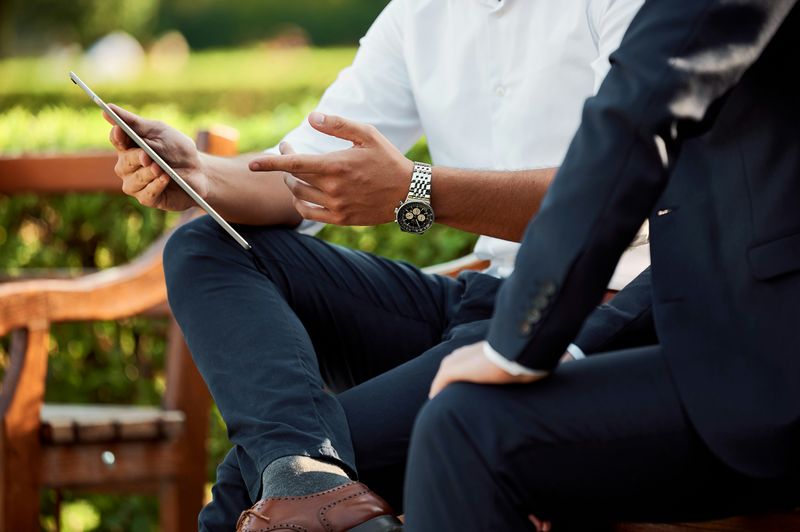
This logo isn't an ad or affiliate link. It's an organization that shares in our mission, and empowered the authors to share their insights in Byte form.
Rumie vets Bytes for compliance with our
Standards.
The organization is responsible for the completeness and reliability of the content.
Learn more
about how Rumie works with partners.
Have you ever felt tongue-tied at just the thought of presenting your work in front of a room full of people?
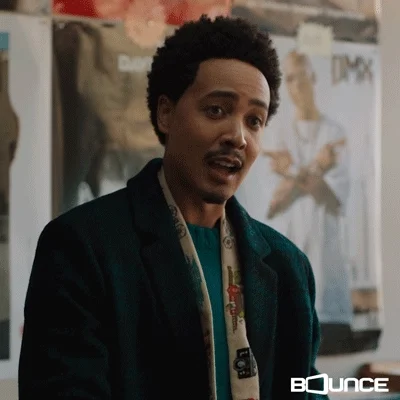
Do you sometimes struggle to find the right words to explain your creative vision?
A lot of creative people face similar problems, but difficulty communicating can be a huge obstacle for a career in art and design.
Thankfully, there are some techniques that can help you develop those all important verbal communication skills!
1. Communication Chameleon
 Photo by Pierre Bamin on Unsplash
Photo by Pierre Bamin on UnsplashWe all do a little code-switching — you don't talk to your best friend the same way you talk to your grandmother.
And what works as excellent communication in one situation won't work for every situation.
Flexibility and adaptability in communication are especially important for a career in the art and design space.
You'll deal with a whole host of different personality types and, to communicate well with all of them, you need to be able to talk "their language".
 Photo by Brooke Cagle on Unsplash
Photo by Brooke Cagle on UnsplashSometimes, that'll mean using more formal vocabulary. Other times, you'll need to be very informal.
How do you tell the difference?
It can be helpful to take your cue from the other person — mirroring their language (and even their mannerisms) can help them feel a connection with you.
And don't forget the importance of tone. This also needs to be flexible depending on the situation, who you're talking to, and how you're communicating with them.
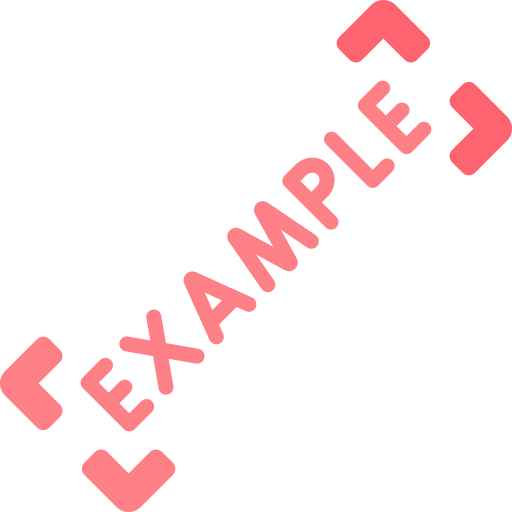
Maria, a young fashion designer, is presenting her latest collection to a group of potential investors. The investors are a mix of ages and backgrounds.
Maria uses a professional and confident tone, highlighting the innovative details and market potential of her designs. 👩🏽💼
Later that day, she meets with her design team to discuss the upcoming production phase.
Here, Maria switches to a more collaborative and encouraging tone, explaining the technical aspects of the design and asking for their feedback on specific elements. 🥳
2. Nailing it The First Time
If you have to explain something more than once, it can be annoying for both you and the person who didn't understand the first time.
 Photo by sarah b on Unsplash
Photo by sarah b on UnsplashBeing a good communicator is about being an efficient communicator, so clarity is key. To improve your verbal communication skills for clear messaging:
Be concise. Get straight to the point.
Plan ahead. If you know a presentation or meeting is coming up, organize the main points you'll cover.
Make sure your listener understands. Ask questions to find out if there's a gap in understanding that you can quickly fill before it becomes a canyon.
Pick up on the non-verbal cues. Does their body language tell you they're bored or confused?
Ask for feedback from a trusted colleague or mentor. Get some advice on how you can develop your verbal communication skills.
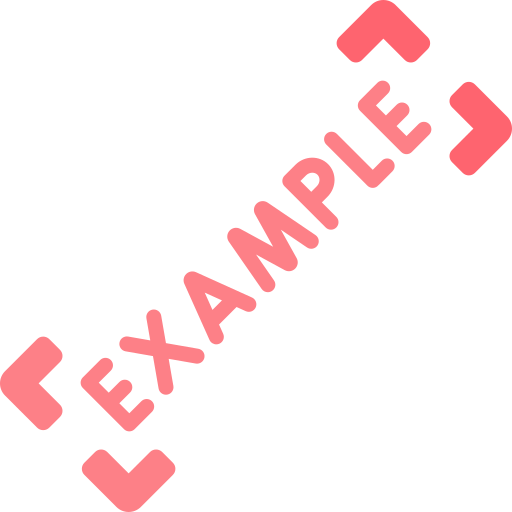
David, a graphic designer, is creating a website for a local bakery. He presents his initial design to the bakery owner, using a lot of technical jargon like "hero image" and "call to action". 😒
The owner seems confused and doesn't provide much feedback.
David revises his presentation, explaining the website layout in simpler terms, focusing on how it will showcase the bakery's products and attract customers.
The owner is much more engaged and enthusiastic about the revised design. 😁
For more tips on verbal communication skills, check out these Bytes:
Did you know?
Rumie is a nonprofit community dedicated to making innovative learning free for everyone.
3. Moving Beyond "Uh-huh"
Communication is a two-way street. So, to develop your verbal communication skills, it's crucial that you also develop your listening skills.
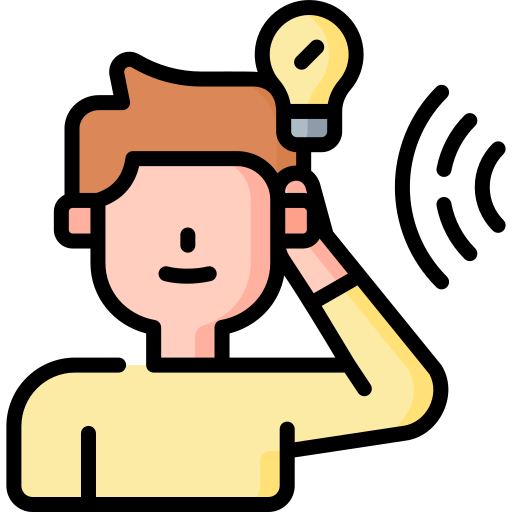
Active listening is a handy skill to have in all aspects of life — but it's particularly useful in the world of art and design, because it builds trust with clients, allows you to collaborate effectively, and ensures your creative vision is realized.

Do
Make eye contact.
Turn your torso to directly face the person you're speaking to.
Restate the person's main points and check for agreement.
Ask clarifying questions.

Don't
Get distracted by your phone.
Look past the person you're talking to.
Assume you know what someone means or what their perspective is.
Anticipate what someone will say next.
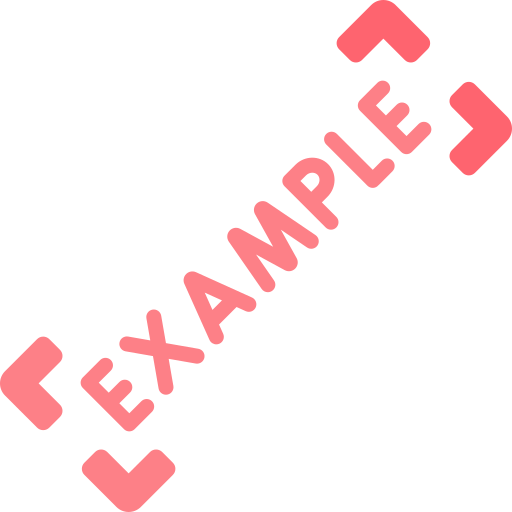
Sarah, an interior designer, is meeting with a new client to discuss their vision for a home renovation. The client mentions wanting a "modern and minimalist" space, but seems hesitant when Sarah presents some initial design ideas.
Instead of jumping to defend her designs, Sarah asks clarifying questions. 🙋🏻♀️
She learns that the client loves modern design, but also wants the space to feel warm and inviting.
Sarah incorporates these insights into her next round of design suggestions, and the client is much more satisfied. 😀
Check Your Knowledge
You're a product designer meeting with a client to discuss a new furniture design. They seem hesitant about the chair's leg design, but haven't provided much detail.
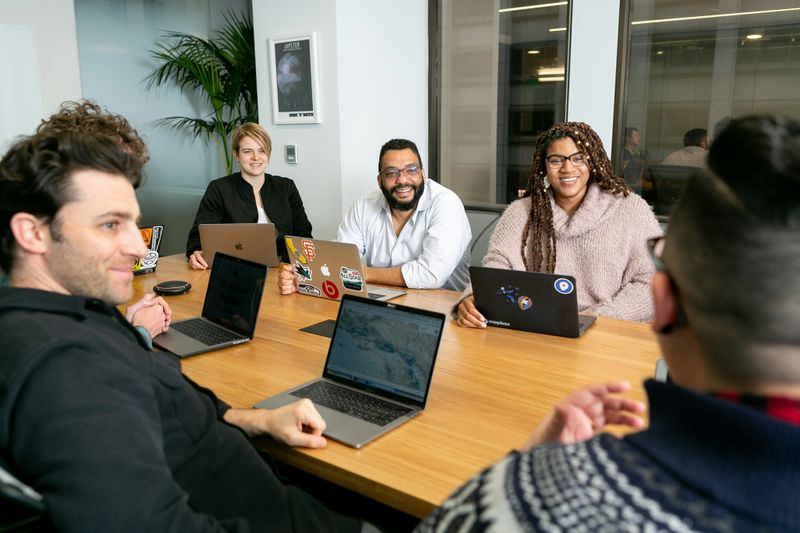 Photo by Mapbox on Unsplash
Photo by Mapbox on UnsplashWhich of the following are examples of active listening during this meeting?
A. Offering to completely redesign the chair based on your own design principles.
B. Leaning in attentively and summarizing what you've heard about their concerns with the leg design.
C. Asking open-ended questions to understand what aspects of the leg design they find unappealing (e.g., "Can you tell me more about what feels off about the legs?").
D. Thanking them for their feedback and assuring them you'll incorporate their suggestions in the next version.
Quiz
Which of the above are examples of active listening? Select all that apply:
B and C show you're engaged and clarifying the client's concerns by summarizing and asking open-ended questions. Avoid jumping to solutions or thanking them without fully understanding their feedback.
Take Action
 Photo by Antenna on Unsplash
Photo by Antenna on UnsplashTo improve your verbal communication skills even further:
This Byte has been authored by
Samantha Markham
Instructional Designer/eLearning Developer/Teacher
MA
